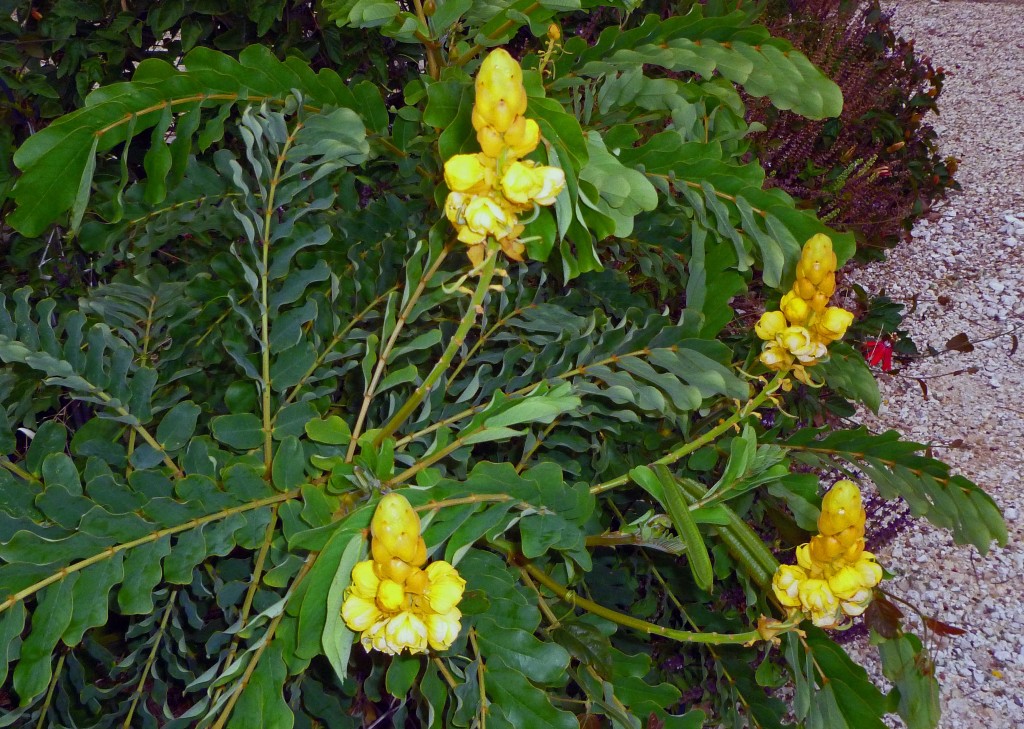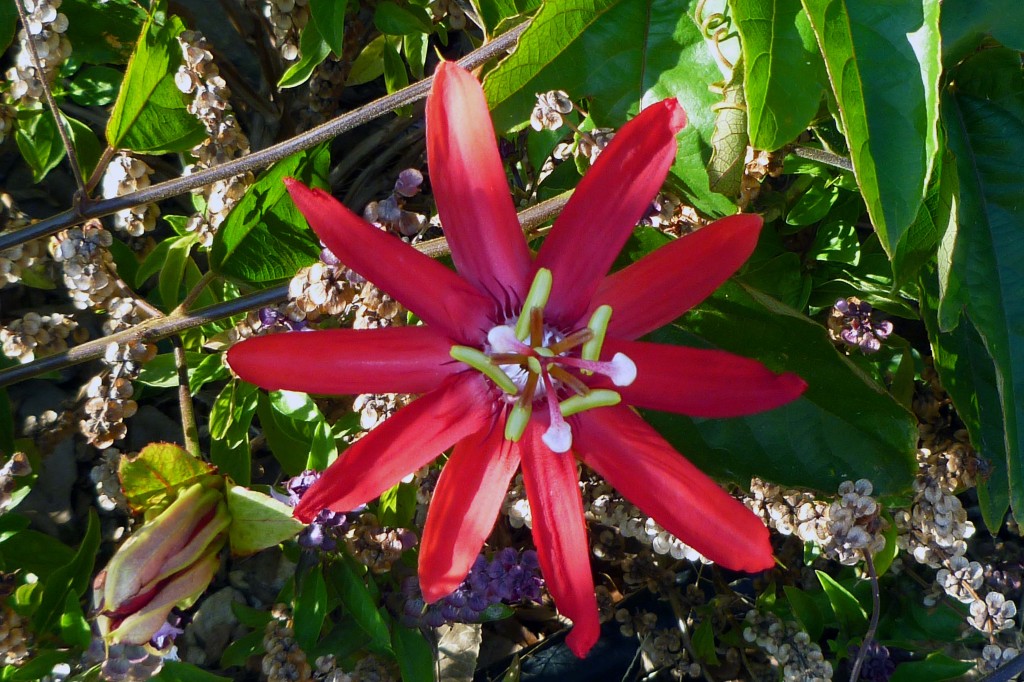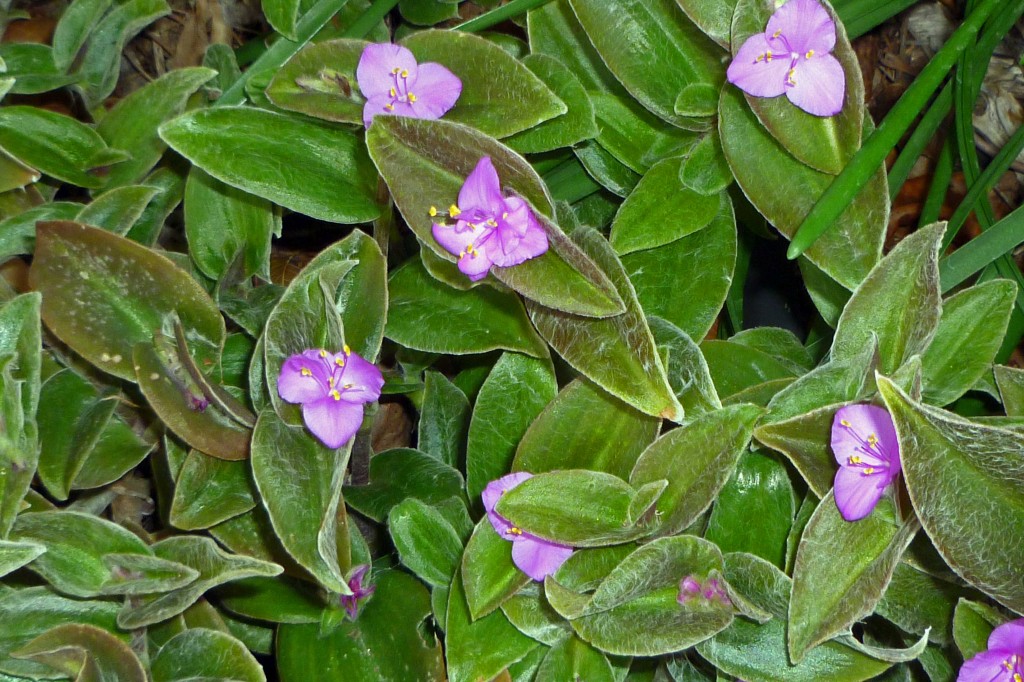Before the serious stuff, I just have to share a few more pictures of the fall bloom.
Excerpts from an article by Jack Challem
Blood Sugar, Insulin, and the Brain
Could Alzheimer’s Disease Be “Type 3 Diabetes?”
Some doctors now believe that problems with blood sugar and insulin are major factors in the development of Alzheimer’s disease. Just like the rest of the body, the brain can develop its own form of diabetes, a condition that has been dubbed “type 3 diabetes” by Suzanne de la Monte, M.D., Ph.D., a neuropathologist at the Brown Medical School, in Providence, Rhode Island. The reason is that Alzheimer’s disease has characteristics that resemble both type 1 and type 2 diabetes. Specifically, insulin levels become low (a trait of type 1 diabetes and insulin resistance increases (a trait of type 2 diabetes) in the brain.
In the brain, insulin stimulates the growth of neurons, brain cells that process and store information…..Without insulin, new memories can’t form.
So if Alzheimer’s disease is a type of diabetes, or is at least related to poor glucose tolerance, what steps can you take to lower your risk?……I emphasize freshly prepared foods over most foods sold in a box, can, jar, bottle, tub, or bag…
Of course, my recommendations mean either making the time to cook most of your foods from scratch or eating at restaurants that use mostly fresh and wholesome ingredients. It’s actually easier than you might think. If you usually eat lunch in a restaurant, order a chicken Caesar salad sans the croutons. At home, it doesn’t take a lot of time to prepare a simple meal, such as pan frying a salmon filet in olive oil, with steamed vegetables and brown rice on the side.
It’s important to think in terms of quality protein sources, such as fish, chicken or grass-fed beef. Protein helps maintain normal blood sugar levels, which will in turn aid normal insulin function….Although legumes are considered a source of protein, they also contain a large amount of carbohydrate. Still the occasional consumption of black beans is fine.
Like protein, fiber also improves blood sugar and insulin levels, and studies have found that high-veggie eating habits – like the traditional Mediterranean diet – lead to a lower risk of Alzheimer’s disease. Just about all veggies are fine, with the exception of potatoes.
For most people, veggies provide plenty of complex carbohydrates for energy. If you exercise strenuously, you may need to add sweet potatoes, yams, and legumes to your diet. Large amounts of grain-based carbs, such as wheat and corn, can be problematic because they tend to be highly processed and contain a high ration of carbohydrate to vitamins, minerals, and protein.
___________________________________________________________________
From CNN
http://thechart.blogs.cnn.com/2011/09/12/insulin-may-help-treat-alzheimers/
____________________________________________________________________
HSPH (Harvard School of Public Health) Nutrition Source Update
Move over potatoes, make room for healthier school lunch
The USDA wants to limit potatoes in school lunch to make room for vegetables like broccoli–a good plan: Potatoes have an effect on blood sugar similar to that of a can of soda, and in large amounts, raise obesity and diabetes risks.
The U.S. Department of Agriculture (USDA) has come under fire from politicians and potato lobbyists over its proposal to cut back on French fries and potatoes in school lunch and offer broccoli and other vegetables instead. Yet its plan to cap the amount of potatoes and other starchy vegetables that school lunch can serve at one cup per week–the equivalent of a medium baked potato–and promote a wider variety of vegetables is based on sound science–and could help turn around this country’s obesity and diabetes epidemics.
U.S. children, on average, only eat about 40 percent of the government’s daily recommended vegetable intake–and 29 percent of that comes from potatoes, most of them fried.
Potatoes don’t count as a vegetable on Harvard’s new Healthy Eating Plate, and with good reason: They are very high in carbohydrates–in particular, the kind of carbohydrate that the body digests rapidly, causing blood sugar and insulin to surge and then dip. The scientific term for this is that they have a high glycemic load.
Potatoes do contain important nutrients–vitamin C, potassium, and vitamin B6, to name a few. But the potato is not the only source of these nutrients, nor is it the best: Cup for cup, for example, broccoli has nearly nine times as much vitamin C as a potato, and white beans have about double the potassium. Yet a cup of potatoes effects blood sugar in much the same way as a can of Coca Cola or a handful of jelly beans. That’s a high metabolic price to pay for nutrients that children can easily get from other sources.
Potatoes seem to be a particular culprit for weight gain and diabetes. A recent study from Harvard School of Public Health that tracked the diet and lifestyle habits of 120,000 men and women for up to 20 years looked at how small food-choice changes contributed to weight gain over time. People who increased their consumption of french fries gained an extra 3.4 pounds every four years and those who ate more baked or mashed potatoes gained 1.3 pounds. People who decreased their intake of these foods gained less weight, as did people who increased their intake of other vegetables.
For people who are lean and active, potatoes likely don’t exact such a severe metabolic toll. But one out of three children and two out of three adults in the U.S. are overweight or obese, and many do not get enough daily physical activity. That’s all the more reason to use potatoes sparingly in our meals, if at all. Read more



What are the common and botanical names of these plants,please.
Also,soil requirements ?
OK I have to do some homework on the botanical names, but hopefully if you hover on the picture, you get the common name. Please let me know if that works. Apparently they grow in fairly poor soil, but well drained. They are all mostly in sandy soil with some caliche.
Here’s the botanical names –
Candle Tree / Cassia Alata – I usually by plants at Empire Seed (my seeds haven’t germinated well;
Red Passion Flower / Passiflora Miniata – bought plant and mulch heavily in fall;
Hairy Wandering Jew / Tradescantia Sillamontana- easy to start from cutting, heavily mulch in fall
Thanks !